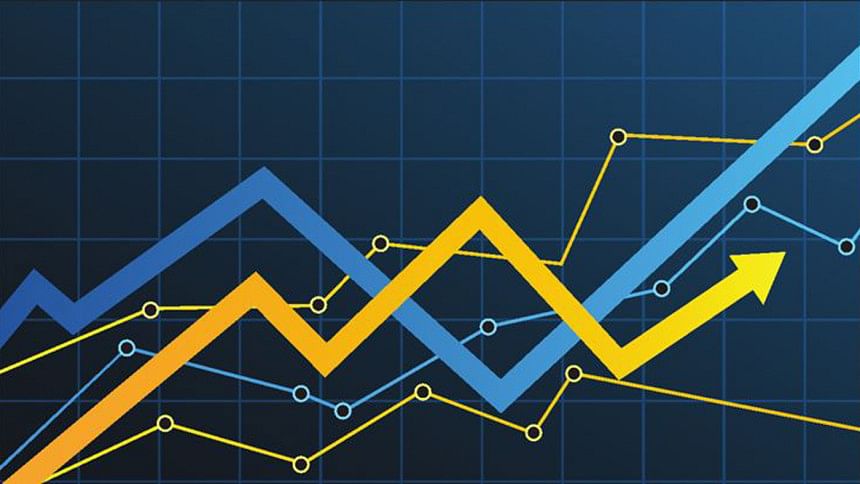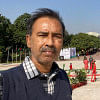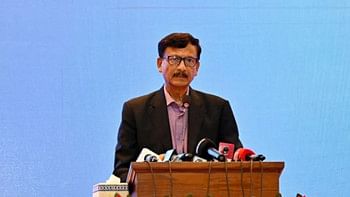Development spending surges in September

Development spending in Bangladesh rose 36 per cent year-on-year in September despite the government's efforts to cut expenditures in a bid to save US dollars.
Last month, the ministries and divisions spent Tk 14,304 crore, which was Tk 10,505 crore in the same month a year ago, according to the Implementation Monitoring and Evaluation Division (IMED) under the planning ministry.
Development expenditures also went up in the first quarter of the current fiscal year: it stood at Tk 24,148 crore, an increase of 23 per cent from the last fiscal year, year-on-year.
The quarter's outlay was 9.43 per cent of the Tk 256,003 crore the government has allocated for 2022-23, the highest since 2018-19, IMED data showed.
Talking to The Daily Star yesterday, IMED Secretary Abu Hena Morshed Zaman said, "Although uncertainty rose in the country as well as globally, the higher ADP implementation rate in the first quarterly assessment indicates that there was no such effect in the development activities."
"It means that despite confronting challenges, our development projects are going on. And it is a good sign for us."
In recent months, Bangladesh has come under serious challenges owing to the surge in commodity prices, driven by the pent-up demand, supply bottlenecks, and the Russia-Ukraine war, which have sent import bills to record highs.
This has, in turn, brought about the depletion of the foreign currency reserves and the steep depreciation of the local currency against the US dollar. As a result, the government has been compelled to initiate various measures aimed at cutting costs.
As part of the austerity measures, the development projects have been categorised as A, B and C based on their merit.
A-category projects will continue as usual while up to 75 per cent of the allocations made against the B-category projects can be used.
All C-category projects have been put on hold, but the ministries and divisions can re-direct their share to the A-category ones.
Although the government has categorised the projects on the basis of their priority, the higher implementation rate refers that it has placed adequate emphasis on the ongoing projects, said Zaman.
"The execution of the mega projects is going on smoothly and it may contribute to the overall good performance."
In the July-September quarter, Tk 14,618 crore of government funds were spent, which was 9.81 per cent of the total allocated for FY23, IMED data showed.
The use of foreign aid stood at Tk 8,807 crore from July to September, representing 9.57 per cent of the Tk 92,020 crore set aside for the entire fiscal year.
Fifteen ministries and divisions have received 82.67 per cent of the total ADP allocation in FY23.
Of them, the power division sat at the top when it comes to implementation, spending Tk 3,776 crore in the first quarter, or 13.75 per cent of the allocation.
The bridges division came second, with an outlay of Tk 1,115 crore, or 12.51 per cent of the fund it has received.
The science and technology ministry expended Tk 1,906 crore to become the third-highest performer.
The foreign ministry and the youth and sports ministry failed to spend any penny in the first quarter.
Other lowest performers were the shipping, civil aviation and tourism, and primary and mass education ministries, which managed to use only 3.22, 3.49 and 3.95 per cent of their respective allocation.


 For all latest news, follow The Daily Star's Google News channel.
For all latest news, follow The Daily Star's Google News channel. 



Comments